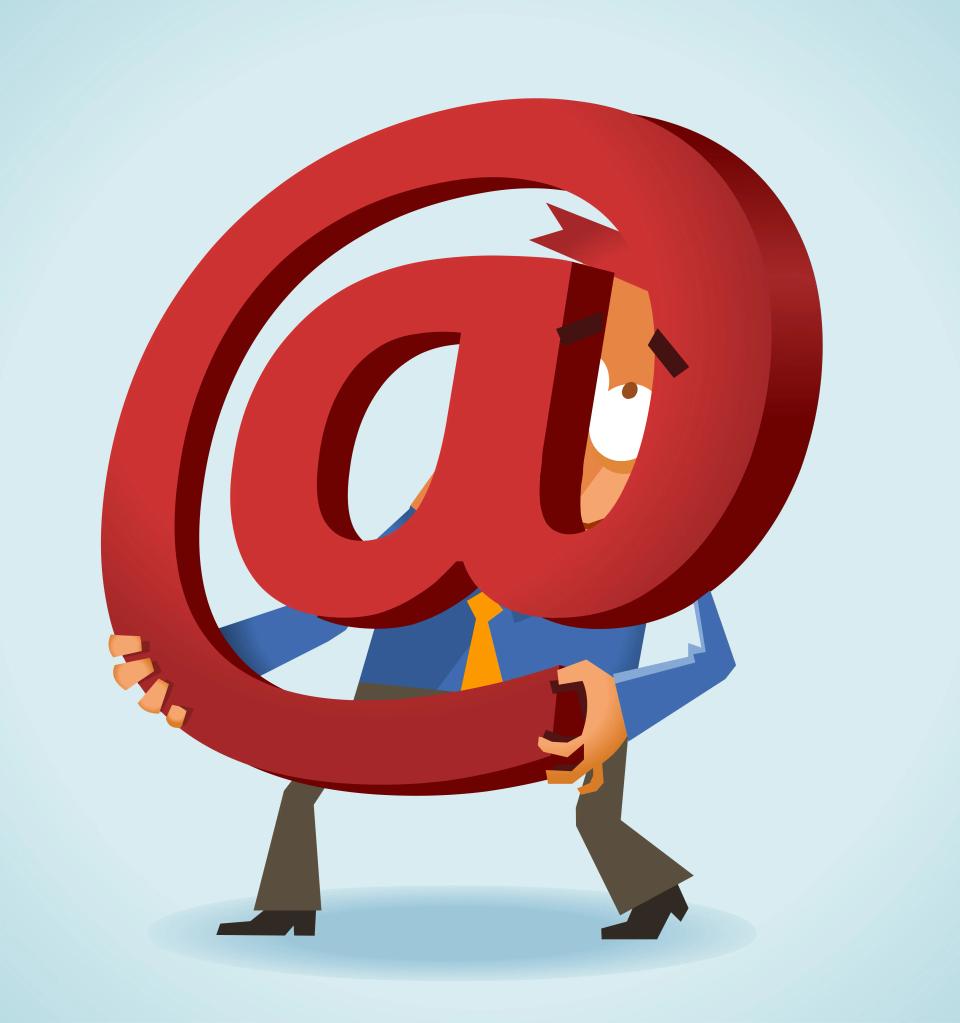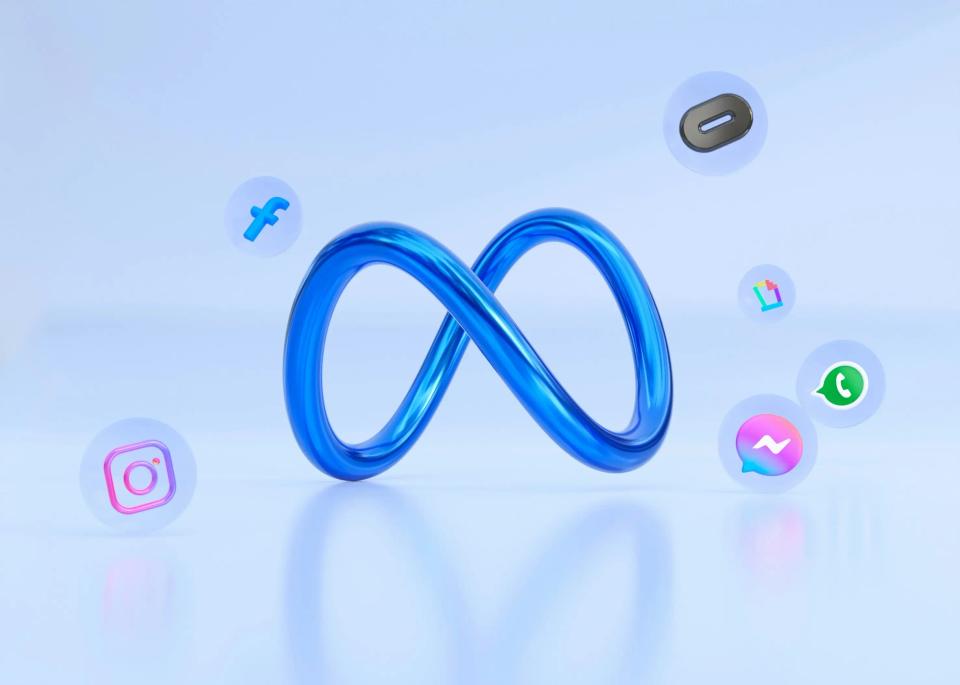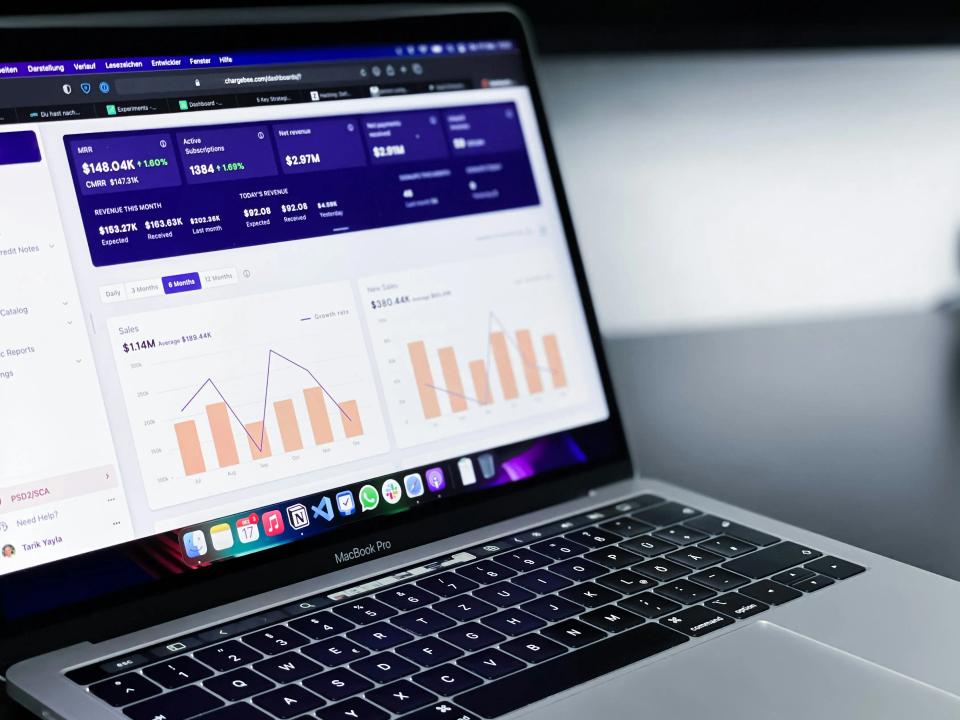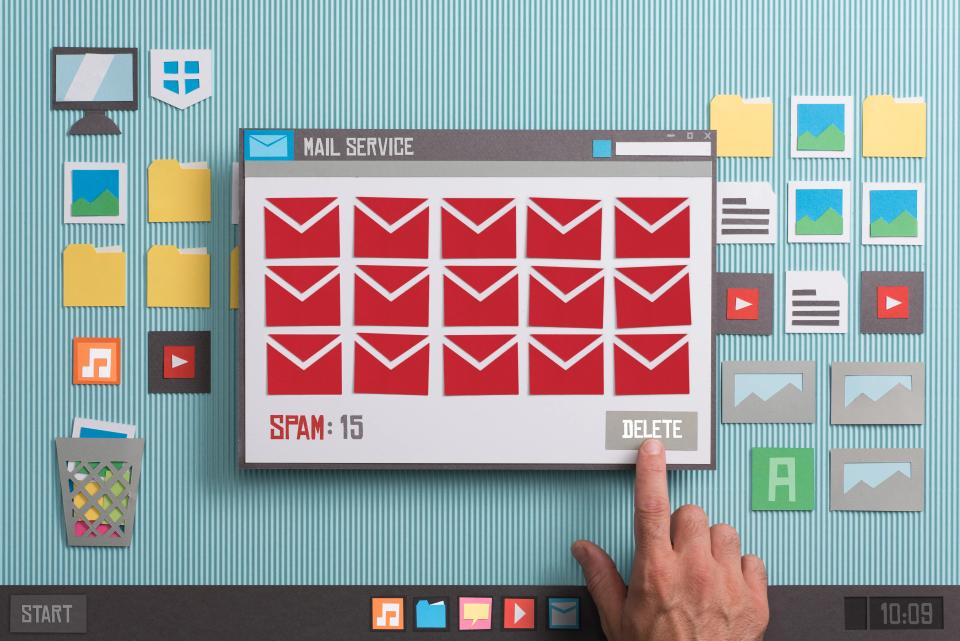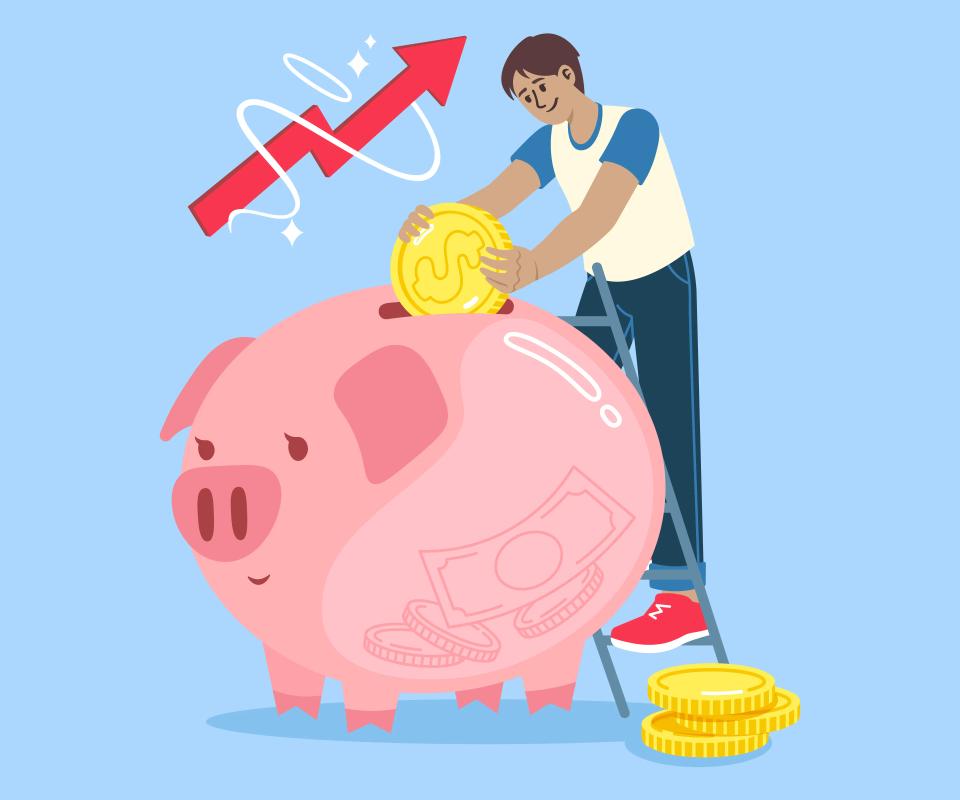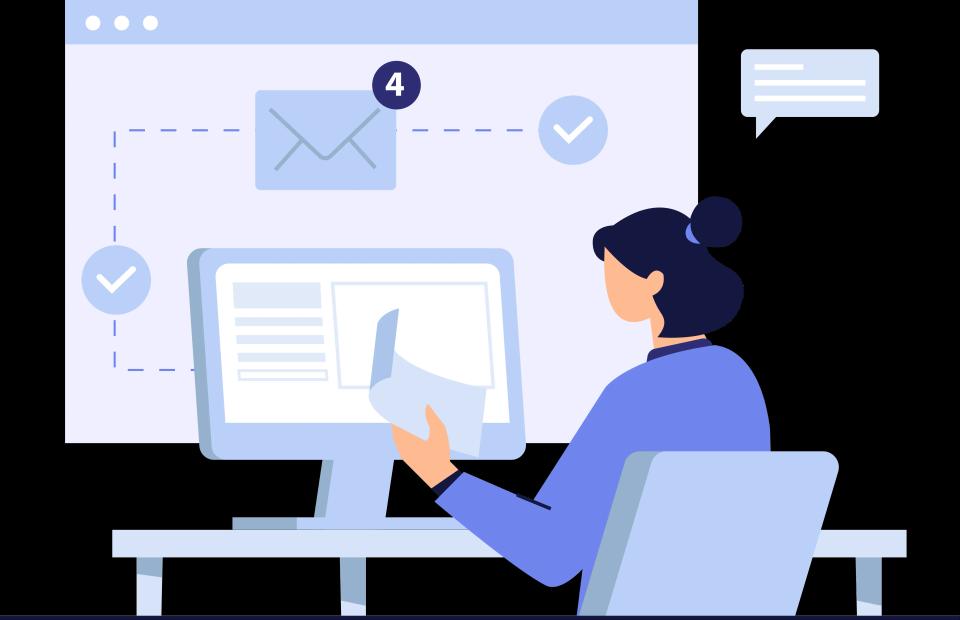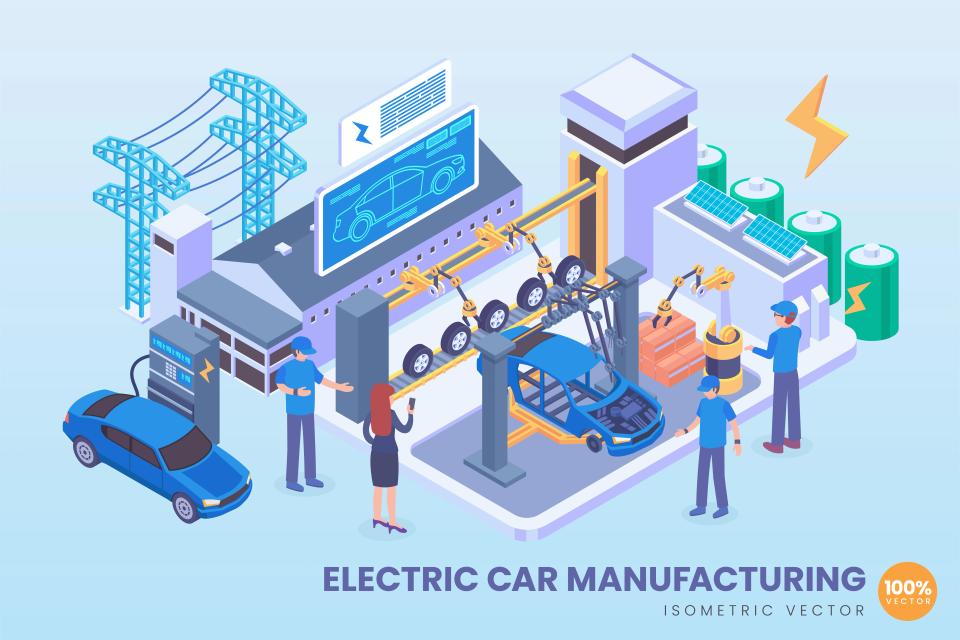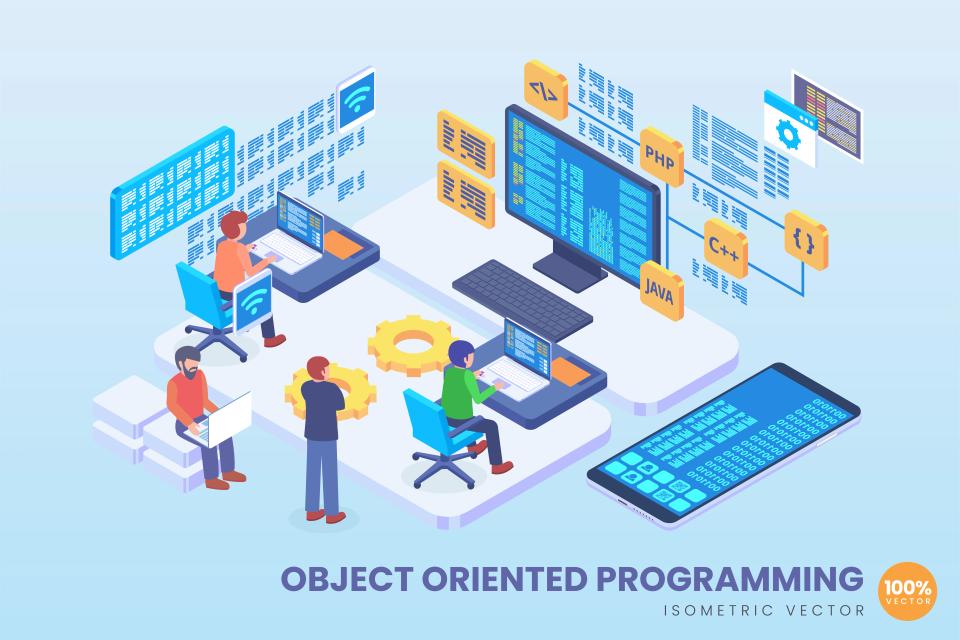The digital world is screaming for attention. Your tech startup, brimming with innovation, needs to be heard above the din. Cold email, when wielded with precision and skill, isn't just another marketing tactic; it's your direct line to decision-makers, your key to unlocking explosive growth. It’s about survival, dominance, and securing your future.
Laying the Groundwork: The Unseen Pillars of Cold Email Triumph
Before you even think about hitting "send," there are foundational elements you absolutely must get right. Ignore these, and you're not just wasting time; you're risking your reputation and potentially facing legal headaches. This isn't the sexy part, but it's the bedrock of every successful cold email campaign.
Legal Compliance: Don't Let the Law Derail Your Dreams
Navigating the legal maze of email outreach can feel daunting, can't it? But understanding regulations like the CAN-SPAM Act and GDPR isn't just about avoiding fines; it's about building trust from the very first touchpoint. These laws are your guardrails, ensuring you play fair and respect your prospects' inboxes.
The CAN-SPAM Act, for instance, mandates clear identification, a straightforward opt-out mechanism, and your physical postal address in every commercial email. While "78% of marketers have seen an increase in email engagement over the last 12 months," according to HubSpot's 2023 State of Marketing Report, this engagement thrives on legitimacy. For your European prospects, GDPR places even stricter emphasis on lawful data processing and individual consent, reinforcing that respect for privacy is paramount.
Ultimately, compliance isn't a burden; it's an opportunity to demonstrate professionalism and integrity. By adhering to these rules, you're not just protecting your startup; you're fostering a sense of security and reliability that underpins every valuable business relationship. Think of it as the handshake before the conversation – get it right, and you're already a step ahead.
Setting Realistic Goals: Aiming for Achievable Victories
Dreaming of an avalanche of leads overnight? It's a tempting vision, but sustainable success in cold email comes from strategic, realistic goal-setting. What does "winning" truly look like for your tech startup's outreach efforts? Is it a flood of replies, or a steady stream of qualified meetings?
Defining clear success metrics is your first step. Track open rates, reply rates, and, most importantly, the number of meetings booked or demos scheduled. Knowing that "the average cold email reply rate hovers between 1-5%," as noted by Woodpecker's Cold Email Benchmarks 2023, helps you calibrate your expectations and avoid demoralization.
With these benchmarks in mind, create measurable objectives using the SMART (Specific, Measurable, Achievable, Relevant, Time-bound) framework. This isn't just corporate speak; it's your practical roadmap to predictable revenue and scalable growth. Realistic goals keep your team motivated and your strategy focused on what truly moves the needle.
The Hunt for Your Ideal Client: Precision Targeting for Maximum Impact
Who are you really trying to reach? Spraying and praying with generic messages is a surefire way to burn through resources and alienate potential customers. The secret to cold email that converts lies in knowing your audience so intimately, your message feels like it was written just for them.
Ideal Customer Profile (ICP) Development: Knowing Who You're Talking To
Stop shouting into the digital void and start speaking directly to the hearts and minds of those who need you most. Developing a detailed Ideal Customer Profile (ICP) is like creating a wanted poster for your perfect client. Who are they, what are their biggest headaches, and where do they congregate online?
Crafting rich buyer personas goes beyond basic demographics. Dive deep into their daily challenges, their aspirations, and the specific pain points your tech solution can alleviate. Remember, "personalized emails deliver 6x higher transaction rates," according to Experian's research on email marketing, and that level of personalization begins with a profound understanding of the recipient.
Focus your ICP on specific industries, company sizes, and, crucially, identifying the actual decision-makers within those organizations. Sending a brilliant email to someone who can't say "yes" is a wasted effort. Precision targeting ensures your message lands with impact, on the desk of someone who matters.
Data Collection and Verification: Ensuring Your Arrows Hit the Mark
Your prospect list is the lifeblood of your cold email campaign, but is it healthy? Outdated or inaccurate data is like a leaky bucket, draining your efforts and yielding frustratingly low bounce rates. Quality data isn't just important; it's everything.
Leverage powerful tools for lead research, such as LinkedIn Sales Navigator or specialized B2B databases, to unearth accurate contact information. Crucially, implement rigorous email verification methods to cleanse your list and significantly reduce bounce rates. Considering that "email list decay averages 22.5% per year," as highlighted by HubSpot's data insights, ongoing verification isn't optional; it's essential maintenance.
Elevate your targeting with data enrichment strategies, adding layers of contextual information to each prospect record. Knowing their company's recent achievements, tech stack, or industry challenges allows for a level of personalization that truly resonates. More relevant data translates directly into more compelling, impactful outreach.
Crafting the Perfect Cold Email: Words That Woo and Win
You've identified your target, and your list is pristine. Now comes the moment of truth: crafting an email that doesn't just get opened but gets acted upon. This is where art meets science, where psychology meets persuasion.
Subject Line Optimization: The Gatekeeper to Your Message
Think of your subject line as the velvet rope outside an exclusive club – does it intrigue, or does it repel? In a crowded inbox, your subject line has mere seconds to capture attention and earn that click. It’s your first, and sometimes only, chance to make an impression.
Embrace best practices: spark curiosity, convey urgency (when appropriate), and personalize whenever possible. Data from Invesp on subject line performance shows that "subject lines with 6-10 words tend to have the highest open rates." But don't just follow formulas; A/B test relentlessly to discover what truly resonates with your specific audience.
Consider subject lines like: "Quick question about [ProspectCompany]'s approach to [SpecificChallenge]" or "An idea to help [ProspectCompany] achieve [TheirKnownGoal]." These are short, benefit-oriented, and pique interest without giving everything away. Your goal is to make them need to know more.
Email Body Structure: Building a Bridge to Connection
They clicked! Now, don't squander that precious attention with a wall of text or a self-absorbed monologue. The structure of your email body is critical for maintaining engagement and guiding your prospect towards your desired action. Keep it concise, scannable, and relentlessly focused on them.
Personalization is your superpower here. Go beyond just their name; reference their recent company news, a project they've worked on, or a challenge specific to their industry. This demonstrates you've done your homework and aren't just blasting out generic templates. Indeed, "emails with personalized subject lines are 26% more likely to be opened," as Campaign Monitor's findings suggest, and this principle extends powerfully into the email body.
Clearly and concisely articulate your value proposition – what tangible benefit will they receive by engaging with you? And make your call-to-action (CTA) unmissable and low-friction. Instead of a vague "let me know if you're interested," try a specific, easy-to-accept offer like, "Are you open to a brief 15-minute chat next week to explore this further?"
Advanced Personalization Strategies: Beyond "Hi [First Name]"
If you truly want to stand out and forge genuine connections, basic personalization is just the entry fee. Advanced strategies transform your cold outreach from a numbers game into a targeted, almost consultative approach. This is where you separate yourself from the noise.
Dynamic Content Integration: Making Every Email Unique (Almost)
Generic, one-size-fits-all emails are the fast track to the delete folder. Dynamic content allows you to tailor specific parts of your email based on individual prospect data, making your outreach feel remarkably bespoke, even when sending at scale. It’s about creating that "aha, they get me!" moment.
Merge tags for names and company names are just the beginning. Think bigger: insert industry-specific statistics, reference their company's recent funding round, or mention a mutual connection. As the Direct Marketing Association (DMA) notes, "segmented and targeted emails generate 58% of all revenue," underscoring the power of relevance.
Consider leveraging behavioral triggers if you have the data. Did they recently visit a specific page on your website or download a whitepaper? Use that intelligence to craft a follow-up that’s not just personalized, but also perfectly timed and contextually relevant.
Segmentation Techniques: Speaking Their Language
Not all leads are created equal, and your messaging shouldn't treat them as such. Segmenting your prospect list allows you to deliver hyper-relevant communication that speaks directly to the unique needs and priorities of different groups. This is how you make every prospect feel understood.
Divide your list based on criteria like company size, industry vertical, specific technological pain points, or even their role within the organization. The impact can be staggering; "marketers who used segmented campaigns noted as much as a 760% increase in revenue," according to Campaign Monitor's insights on segmentation.
For each segment, tailor your value proposition, your examples, and your call-to-action. A scrappy startup founder has vastly different concerns and motivations than a department head at a Fortune 500 enterprise. Speak their language, address their specific world, and watch your engagement soar.
Automation and Scale: Multiplying Your Efforts Without Multiplying Your Hours
You can't manually send thousands of personalized emails and maintain your sanity. Smart automation is your key to scaling your outreach effectively, allowing you to connect with more prospects without burning out. It’s about working smarter, not just harder.
Email Sequence Design: The Art of the Follow-Up
The old adage holds true: the fortune is in the follow-up. Very few deals are closed, or meetings booked, from a single cold email. A well-designed email sequence dramatically increases your chances of getting a response by providing multiple, varied touchpoints.
Craft multi-step campaigns that offer different angles of value or address different potential objections in each subsequent email. Don't just repeat the same message. Research from Backlinko on B2B outreach suggests that "sending 1-3 emails in a sequence often yields the best results," but the optimal number can vary.
Strategically plan the timing of your follow-ups – you want to stay top-of-mind without becoming a nuisance. Equally important is having a clear system for handling responses, whether they're positive, negative, or requests for more information. Efficient response management keeps momentum going.
Tools and Technology: Your Cold Email Command Center
Trying to manage sophisticated cold email outreach manually is like trying to build a skyscraper with a hand saw – inefficient and prone to error. The right technology stack acts as your force multiplier, automating repetitive tasks and providing crucial insights. This is your command center for lead generation.
Seamless CRM integration is non-negotiable for tracking leads, interactions, and deal progression. Dedicated email automation platforms (like Outreach, Salesloft, or Woodpecker) handle the complexities of sending personalized sequences, managing replies, and A/B testing. Investing in these tools pays dividends, as "marketing automation can drive a 14.5% increase in sales productivity," according to Nucleus Research.
Don't overlook the power of analytics and tracking tools embedded within these platforms. They provide a clear view of what’s working – which subject lines get opened, which templates get replies – enabling you to make data-driven decisions and continuously refine your approach.
Measuring and Optimizing Performance: Turning Data into Dominance
Sending emails is easy. Sending emails that consistently generate high-quality leads for your tech startup? That requires a commitment to measurement and relentless optimization. Your data holds the secrets to unlocking ever-greater performance.
Key Metrics to Track: Your Dashboard to Growth
If you're not measuring, you're just guessing. And guessing is a terrible strategy when your startup's survival is on the line. Which numbers truly indicate the health and effectiveness of your cold email campaigns?
Keep a close eye on your vital signs: open rates, click-through rates (if applicable), and, most critically, reply rates. While "the average email open rate across all industries is around 21.33%," as reported by Mailchimp's 2023 benchmarks, your reply rate is a more direct indicator of message resonance.
Ultimately, however, your focus must be on conversion metrics. How many positive replies are translating into qualified meetings booked, demos scheduled, or new deals closed? These are the numbers that directly impact your bottom line and prove the ROI of your efforts.
Optimization Strategies: Fine-Tuning Your Lead Generation Engine
"Good enough" should never be your endpoint in cold email. The competitive landscape is always shifting, and your prospects' preferences evolve. Continuous optimization is the engine that drives sustained success and keeps you ahead of the curve.
Implement a rigorous A/B testing framework. Systematically test different subject lines, email body copy variations, calls-to-action, and even sender names. The insights can be profound; "companies that A/B test every email see email marketing returns 37% higher than those that never A/B test," according to Litmus research.
Iterate on your content based on hard performance data, not just gut feelings. Experiment with different sending times and days of the week to find the sweet spots for your specific audience. Often, small, data-informed tweaks can compound over time to produce significantly better results.
Common Pitfalls and How to Avoid Them: Sidestepping the Landmines
The path to cold email success is littered with potential missteps that can sabotage your efforts, damage your sender reputation, or simply waste your valuable time. Knowing these common pitfalls is the first step to skillfully avoiding them. Forewarned is forearmed.
Spam Triggers and Deliverability Killers
Your brilliantly crafted email is worthless if it lands in the spam folder. Avoid common spam triggers like using excessive capitalization, misleading subject lines, too many exclamation points, or embedding too many links, especially from URL shorteners. With "over 45% of all emails sent globally being classified as spam," according to Statista's 2023 email statistics, you need to do everything possible to ensure your legitimate outreach isn't mistakenly flagged. Also, ensure your domain is properly authenticated with SPF, DKIM, and DMARC records.
Personalization Gaffes and Generic Messaging
Nothing screams "mass email" louder than a personalization error, like using the wrong name or referencing outdated or irrelevant company information. These mistakes instantly erode credibility and make your outreach feel insincere. Double-check your merge fields and ensure your data is accurate and up-to-date. Conversely, failing to personalize enough and sending overly generic messages will result in your emails being ignored; prospects can spot a template a mile away.
Follow-Up Frequency Errors and Tone Deafness
There's a fine line between persistent and pestering when it comes to follow-ups. Sending too many emails too quickly can annoy prospects and lead to spam complaints. On the other hand, not following up enough means leaving potential deals on the table. Find a balanced cadence, and always offer an easy way to opt-out. Also, ensure your tone is consistently professional, empathetic, and respectful, even if you're not getting replies.
Case Studies: Proof in the Pudding (Or, How Others Struck Gold)
Theory and best practices are essential, but seeing real-world examples of tech startups achieving tangible results with cold email can provide powerful inspiration and actionable insights. Let's look at how strategic outreach translates into success. These aren't just stories; they're blueprints.
One B2B SaaS startup, struggling to get traction for their innovative project management tool, revamped their cold email strategy. They meticulously refined their Ideal Customer Profile to focus on mid-sized marketing agencies. By hyper-personalizing their outreach to reference specific agency projects and pain points related to client collaboration, they saw a 65% increase in demo bookings within three months. Their key takeaway was the immense power of deep, relevant personalization.
Another fintech startup, aiming to introduce a disruptive payment processing solution, faced a crowded market. They segmented their list by specific e-commerce platforms their prospects were using. Their email sequences highlighted how their solution directly addressed integration challenges and cost inefficiencies common to each platform. This targeted approach led to securing three major pilot programs with key industry players in just one quarter, proving that "companies using advanced personalization report a $20 return for every $1 spent," as highlighted by the CMO Council.
The lesson from these successes, and countless others, is undeniable: a well-researched, thoughtfully personalized, and strategically executed cold email campaign is a formidable engine for lead generation. It’s about understanding specific needs and offering clear, compelling solutions. These startups didn't just send emails; they started valuable conversations.
Your Blueprint for Cold Email Conquest
You now possess the essential knowledge to transform your tech startup's approach to lead generation. Cold email, when executed with intelligence and precision, isn't just a tactic; it's a strategic imperative for growth. You've seen the map, you understand the terrain – the power to connect with your ideal customers is now firmly in your hands.
The core pillars are clear: ensure unwavering legal compliance, build meticulously targeted prospect lists, craft compelling and personalized messages, leverage smart automation for scale, and commit to continuous measurement and optimization. These aren't just steps; they are the foundational elements of a robust, results-driven cold email outreach system. This is how you move from hoping for leads to systematically creating them.
The critical question isn't if cold email can work for your tech startup in 2024 – it absolutely can. The real question is, how effectively will you implement these essentials to unlock its full potential? The opportunity to fill your sales pipeline, secure your startup's future, and dominate your niche is waiting.


